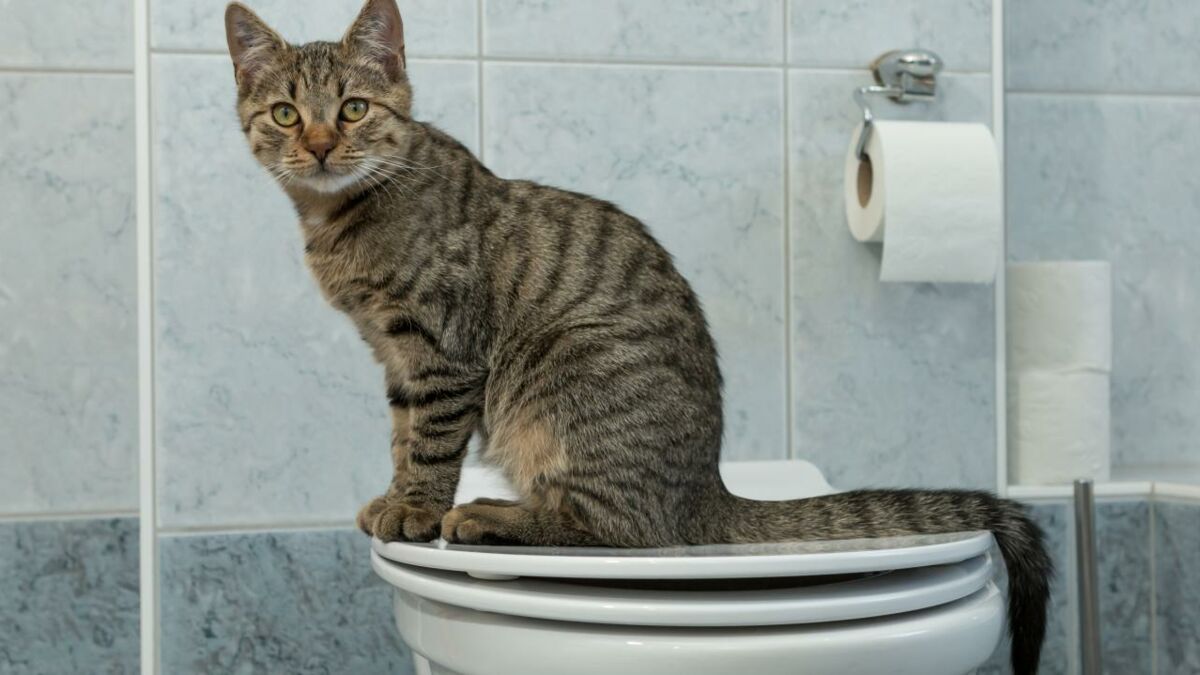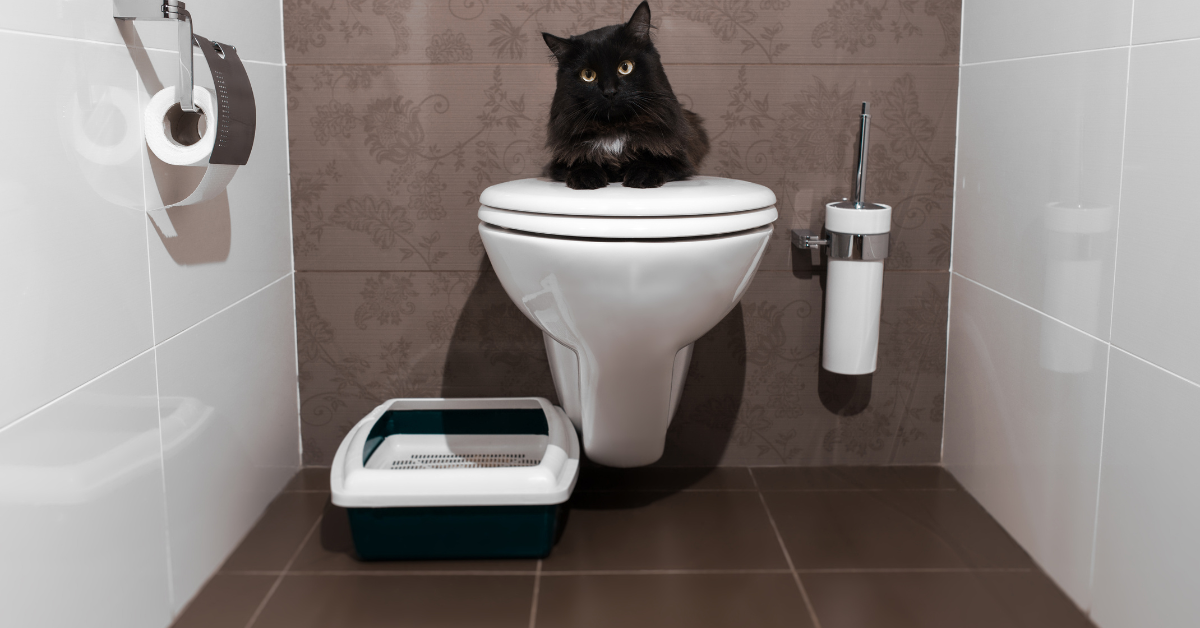Key Reasons Why Animal Waste Ought to Never Be Flushed Down the Toilet
Key Reasons Why Animal Waste Ought to Never Be Flushed Down the Toilet
Blog Article
The content below in relation to Should you flush animal waste down the toilet is particularly entertaining. Read on and draw your own personal ideas.

When it concerns disposing of waste, especially animal waste, lots of people usually consider the convenient option of flushing it down the commode. However, this relatively simple option can have severe consequences for the environment and public health. In this write-up, we'll explore why flushing pet waste down the bathroom is a poor concept and supply alternative approaches for proper disposal.
Introduction
Proper waste disposal is crucial for keeping ecological sustainability and public health. While it may appear safe to purge animal waste down the toilet, it can lead to different problems, both for the environment and human well-being.
Risks of flushing pet waste
Environmental impact
Flushing animal waste introduces dangerous microorganisms and pathogens into rivers, which can adversely influence water ecological communities. These virus can pollute water sources and harm aquatic life, disrupting fragile ecological communities.
Public health worries
Pet waste consists of dangerous germs such as E. coli and Salmonella, which can posture significant health threats to human beings. Purging pet waste down the toilet can infect water supplies, bring about the spread of diseases and infections.
Alternatives to flushing
As opposed to purging animal waste down the commode, there are a number of alternative disposal techniques that are more eco-friendly and hygienic.
Composting
Composting pet waste is a green method to deal with it. By composting, organic matter is broken down right into nutrient-rich soil, which can be used to feed gardens and plants.
Land fill disposal
Dealing with pet waste in a land fill is one more alternative. While not as environmentally friendly as composting, it is a safer option to flushing, as it prevents the contamination of water sources.
Pet garbage disposal systems
There are specific pet dog garbage disposal systems readily available that securely and hygienically throw away animal waste. These systems often make use of enzymes to break down waste and eliminate odors.
Steps to proper pet garbage disposal
To guarantee appropriate disposal of animal waste, follow these steps:
Scooping and nabbing waste
Regularly scoop and bag pet waste using naturally degradable bags. This stops waste from polluting the setting.
Making use of assigned waste containers
Dispose of bagged animal waste in marked waste bins, such as garden compost containers or landfill containers. Prevent flushing it down the toilet whatsoever prices.
Cleaning up can and family pet locations routinely
Frequently clean litter boxes and animal areas to stop the accumulation of waste and germs. Use pet-safe cleaning products to maintain health.
Advantages of correct disposal approaches
Taking on correct disposal techniques for pet waste supplies numerous advantages:
Minimized environmental pollution
Appropriate disposal techniques minimize the risk of environmental pollution, safeguarding rivers and ecosystems from contamination
Minimized threat of water contamination.
By preventing flushing pet waste down the toilet, the danger of water contamination is substantially decreased, guarding public health.
Enhanced hygiene and health
Proper disposal techniques promote much better hygiene and health, developing a more secure environment for both humans and pets.
Final thought
Finally, flushing animal waste down the commode is unsafe to the setting and public health. By embracing alternative disposal methods and following proper waste monitoring techniques, we can minimize the negative influence of animal waste and add to a cleaner, healthier earth.
What To Do With Dog Poo – The Do's And Don'ts Of Disposing Of Faeces
Dog poo bins
Some councils provide dedicated dog waste bins in popular dog-walking areas that can take dog poo that has been bagged but you can legally dispose of dog waste in any public litter bin, as long as it is securely bagged. This also applies to your wheelie bin at home.
Do not flush
Water companies do not recommend flushing dog faeces down the toilet because certain parasites can survive the water processing treatment and are potentially harmful to humans. You should also never consider flushing dog poo that has been bagged down the toilet as the bags will not break down and instead create severe blockages in the sewage system.
In the woods
The Forestry Commission promotes a ‘stick and flick’ method for dealing with waste in the woods. This means finding a stick and using it to flick any poo from off the path so that it is out of the way of other walkers. You could also bury it as long as it is not in an area where there might be livestock.
Livestock
Parasites found in dog poo can be transmitted to livestock if they inadvertently eat infected faeces that has been left on grazing land. This could result in the death of sheep or abortion in cattle so you should always make sure you pick up your dog’s waste in fields where livestock could be present.

We had been made aware of that editorial about 4 Reasons Why Dog Poop Cleanup is Important through a buddy on our other web address. Those who enjoyed reading our blog post if you please don't forget to share it. We take joy in reading our article about 10 Things You Should Never Flush Down The Toilet.
Book Today Report this page